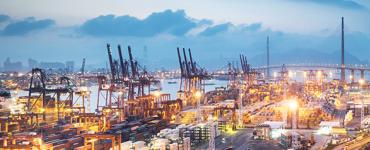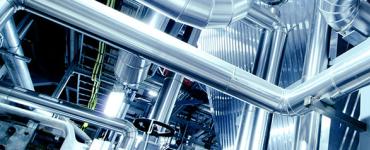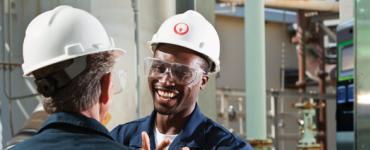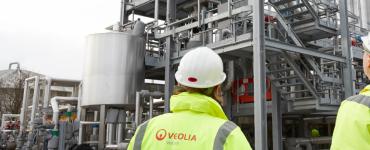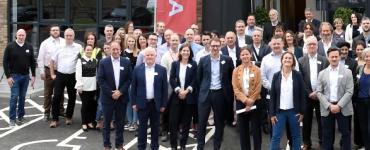- Home
- Latest News
- Ensuring stability and resilience in sustainable water technologies
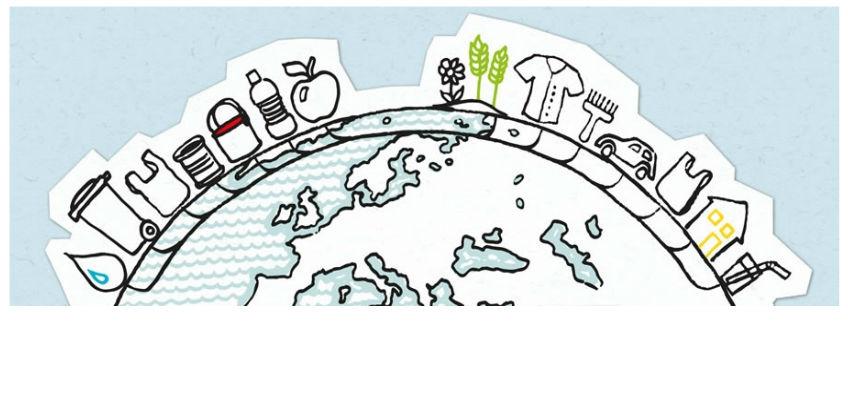
Ensuring stability and resilience in sustainable water technologies
How and why industry is rethinking water and adopting sustainable water treatment systems
Throughout the corporate world, it is becoming increasingly recognised that water is not an infinitely accessible commodity, but a valuable resource that influences each and every business operation, significantly impacting the bottom line. Looking into the future, water scarcity is likely to affect every country and UK climate projections predict that while winter precipitation is likely to rise, summer rainfall will in fact decrease.
In light of such impending climate instability, the UK is facing both flooding and droughts as an increasingly regular occurrence, and it is true to say that reliable water supplies are no longer guaranteed in the long run.
How a company manages its water process can therefore determine its overall success, and resource and asset management will sustain the business in the long-term. Traditionally, business decisions regarding water processing were made to focus primarily on minimising capital expenditures, but this is now changing with the increasing sensitivity towards sustainability. A growing number of companies are now looking to invest in modern water treatment systems that yield benefits far into the future, in terms of economics as well as the environment. In turn, a wealth of operational, market and strategic opportunities are being recognised. In essence, the risks of water supply can be mitigated and reduced through re-use and reduced consumption.
To achieve this, purpose-built systems designed around each business application will provide a continuous and nondisruptive operation, delivering both business savings and improved production. With the correct system in place, companies working in sectors across the board - from industrial and scientific, through to food, beverages and pharmaceutical production - can grow and reach their financial objectives in a sustainable manner.
Sustainable water treatment systems
From a global perspective, the balance between demand and supply of fresh water is becoming increasingly threatened. The UN Water Report 2015 has stated that our current levels of growth will lead to a 40% deficit of fresh water by 2030 (2030 WRG, 2007), while groundwater supplies are also diminishing at alarming rates due to overexploitation of aquifers. Another factor in the equation is how climate change is reducing supply, which is set to exacerbate the challenges of increased demand, and it is likely that water demand will outstrip supply in the near future. For industry, the risks relating to fresh water supply have a significant impact on business operations, with costly financial impacts. Implementing sustainable water strategies is therefore highly beneficial economically as well as environmentally, making the business as a whole more prepared and resilient.
Factoring in water risks
It is common for many businesses to only consider the direct cost of water, including the operational costs (OPEX) and investments (CAPEX) in water infrastructure. In these terms, the additional investment in new technologies is now much more viable as water related costs increase, and companies realise that water is a resource to sustain their day to day activities. When indirect factors are considered, the case for change is compelling. In addition to water related costs, risk is another aspect to consider. If water is not properly managed it can leave a company unprepared and vulnerable. These include operational risks, which relate to external factors such as water shortages, flooding, or perhaps the failure of an in-house water treatment plant – all of which can interrupt operations and be financially unsustainable to manage. Financial and regulatory risks also have the potential to seriously harm a company, as failing to meet environmental standards or the regulatory standards for water quality can result in significant fines imposed by regulators such as the FSA (Food Standards Agency) or EA (Environmental Agency).
Sustainable water treatment systems for industrial applications
Once a risk profile has been formed, the next step will involve working with a company to perform a water mapping service such as the new Veolia Water Technologies (Veolia) reco360°. Through visiting the company site, engineers evaluate how the system is currently working, mapping how the water is being used across the site and checking how the existing water treatment systems in place are performing. This helps the company identify those areas of the process that are less efficient, and where upgrading to a newer system may be necessary to increase efficiency. From the operational profile determined, this information will then be applied to guide the design of an individual new or upgraded water treatment system.
Advanced and integrated systems for water sustainability are designed in such a way to ensure maximum uptime of water services, while also being highly beneficial for the environment. Designing the most efficient system depends on the business, application and site, and factors in the many aspects related to both water and energy supply. For this reason, the technology must be designed to fit around the company’s own very specific requirements, also taking into consideration the regulatory and compliance standards specific to each market sector. For example, a highly purified form of water for the manufacture of pharmaceutical products is required to adhere to a range of industry standards. The systems can be based on a range of technologies for re-using water, such as those recovering the waste water from reverse osmosis (RO) systems. From desalination to pharmaceutical production, RO has been a staple of industrial operations for a number of years, presenting an effective means of supplying highly purified water. However, the process creates a large amount of wastewater and instead of recycling, many companies will dispose of up to 25% of this valuable resource, incurring both wastage and removal costs. It is now possible to reduce this wastage by transforming wastewater back into feedwater, with systems that capture this concentrate for re-use, saving both time and money while increasing the efficiency of the RO system.
RO water recovery is particularly beneficial in multipass systems, which perform RO in parallel to yield significant improvements in treated water purity, but also produce a much higher volume of waste. This popular water recovery system has been developed to recover 50% of RO wastewater, cutting both costs and the environmental footprint.
Case study: Water recycling in UK manufacturing
Businesses of many sizes have worked with Veolia to meet high sustainability targets, with the right engineered system driving growth as a leader in the market while also ensuring sustainability.
The Challenge:
In a large UK manufacturing plant for medical devices, water is used at every stage throughout production and packaging, and water quality is critical to the quality of the end product. Chemical purity is essential for the hydration process, while microbiological purity is equally vital for sterile packaging of the product, especially in the healthcare setting. Importantly, the facilities also manufacture products entering the US market, where compliance with FDA requirements is essential, for example adhering to the United States Pharmacopoeia standard for Purified Water.
For this facility, Veolia has supplied its FDA compliant water purification systems. In 2013, continuing growth in product demand together with increasing cost of mains water focused attention on improving water usage efficiency through recycling the wastewater from the water purification systems. The company contacted Veolia, and worked together to reduce the water footprint in its operations.
The Solution:
The first step involved utilising an online calculator, which provides an approximate indication of potential cost savings, based on the entry of basic operational running data to provide an instant calculation. From these calculations, it was predicted that a Maxi Recovery RO system could recover 50% of the wastewater. One of these recovery units was installed against each of the four ORION purification systems, and the recovered permeate returned to the raw water tanks. In this example, since the Maxi Recovery systems were installed three years ago, the company has achieved the following: •
- With continual operation over a total of 3 years 45,000 m3 of concentrate has been recycled back to raw water tanks which equates to 18 Olympic sized swimming pools
- Savings equate to approximately £220,000 (mains water and sewer discharge costs)
- Permeate from the recovery RO is fed back to the front end of the system. The quality of water is less than 50 µS/cm, which is significantly better quality than mains feed water
The overall reduction in water footprint and the financial savings has already repaid the investment. A further bonus is that the high quality recovered water has improved the performance of the main purification systems, and this system has therefore reduced operating costs in more ways than one.
Summary
Evidence is accumulating at both the national and global level, highlighting the challenges of fresh water supply we face in the future if levels of wastage are not reduced. It is time to Rethink Water and how we manage this valuable resource and as such, water is at the top of the agenda for many governments. In light of the growing uncertainty in water supply, companies can become resilient to the risks of water supply through appropriate investment in water treatment systems for sustainability.
![]()
Figure 1
Through partnering with Veolia, these four steps towards sustainability (Figure 1) are efficiently and professionally managed at every stage of the project, from inception to completion. By mitigating economic as well as environmental water as well as environmental water risks, there is no doubt that corporate sustainability affords clear benefits, achieving company growth while meeting financial as well as sustainability objectives. The time has come to keep up with water challenges, modernising corporate water processing systems and develop a strategy to improve the bottom line, while engaging with the environment and society as a whole.
